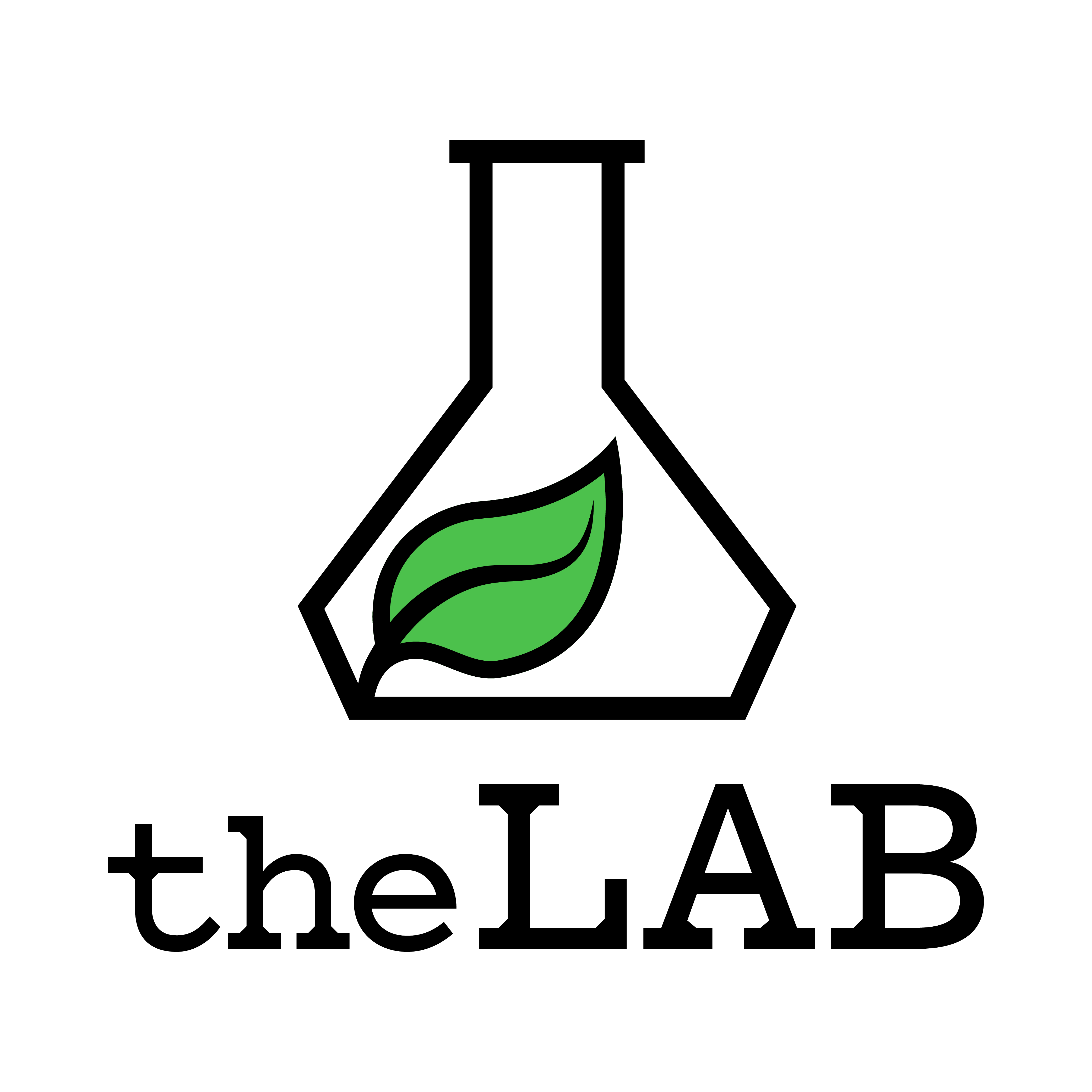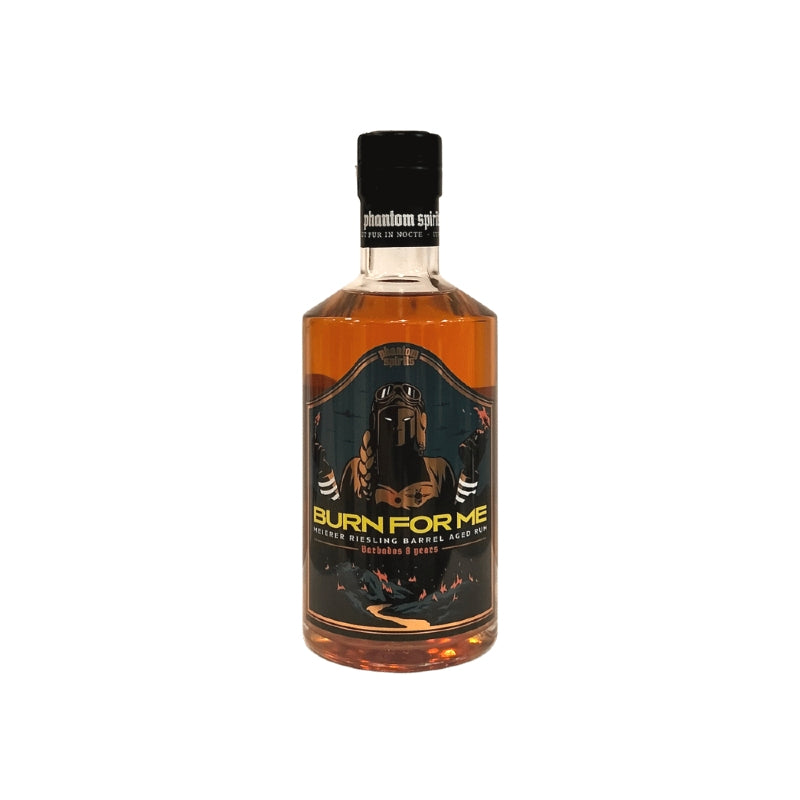Rum
The process of distilling rum begins with fermentation, where molasses or sugar cane juice is mixed with water and yeast. This mixture ferments for several days, typically 4-5, until most of the sugar has been converted into alcohol, creating a liquid known as "wash" or "molasses wine".
Next comes the distillation process, which separates the alcohol from the fermented wash. The wash is heated in a still, traditionally a copper pot still, though column stills are also used in modern rum production. As the liquid heats, different compounds evaporate at various temperatures. The goal is to collect the ethanol and desirable flavor compounds while avoiding harmful substances like methanol.
Distillers carefully monitor the temperature and make "cuts" to separate the distillate into three main parts: heads, hearts, and tails. The heads, which evaporate first at the lowest temperatures, contain volatile compounds like methanol and are discarded. The hearts, containing ethanol and desirable flavor compounds, are collected for the final product. The tails, which come off last at higher temperatures, contain heavier compounds and are usually separated, though some may be recycled into future batches for added flavor complexity.
The collected hearts typically have an alcohol content of around 65-90%, depending on the still type and distillation method. This raw spirit is then either diluted with water to achieve the desired alcohol content or aged in barrels, often made of American white oak, to develop additional flavors and color.
Historically, rum has deep roots in the Caribbean, where sugar cane cultivation was widespread. The process of distilling rum evolved alongside the sugar industry, with early versions of the spirit being produced as a byproduct of sugar production. Plantation slaves discovered that molasses, a waste product from sugar refining, could be fermented and distilled into alcohol.
Over time, rum production techniques were refined, and the spirit gained popularity throughout the Caribbean, North America, and Europe. Different regions developed their own styles, influenced by local ingredients, climate, and cultural preferences. For example, some areas prefer lighter, column-distilled rums, while others favor heavier, pot-distilled varieties.
Today, rum is produced worldwide, with each region often putting its own spin on the traditional process. Modern distilleries may use advanced technology to control fermentation and distillation, but many still rely on the skill and experience of master distillers to create their unique rum profiles.
Portuguese wine
Frequently asked questions
The entire country of Portugal is divided into 14 different wine regions, including in the Azores and Madeira islands. Some of Portugal's most famous winemaking regions include the Douro Valley (known for Port) and Vinho Verde (known for its light, refreshing white wines).
Portugal is becoming more well known for its orange wines, talha wines (traditionally made in clay pots), and palhete (made by blending red and white grapes together).
Portugal is best known for its fortified wine, called Port wine. It is produced in the Douro Valley, which is a UNESCO World Heritage Site and recognized as the world's first demarcated wine region, established in 1756.
Vinho Verde in northern Portugal is another popular winemaking region characterized by rolling hills and lush landscapes. It's known around the world for low-alcohol, refreshing white wines, although the region traditionally focused more on red wines made with the fruit-forward vinhão grape.
The Portuguese island of Madeira, with its subtropical climate, is renowned for its fortified wines. Winemaking here dates back to the 15th century, when Portuguese
explorers brought grape varieties from around the world.
Our sustainable, natural wine shop is located in the Marquês neighborhood in Porto, Portugal. We also ship to countries around the world, including within Europe, the United States, Canada, Australia, China, and more. Review our Shipping Policy to learn more.
In recent years, there has been a notable shift toward sustainable viticulture and the production of natural wine in Portugal. Many winemakers are implementing organic farming practices and embracing biodiversity to maintain soil health and reduce chemical inputs. This commitment to sustainability is not only beneficial for the environment but also enhances the quality of the wines, allowing the unique characteristics of the terroir to shine through. For example, some winemakers are now utilizing ancient terracotta amphorae for fermentation (called talha in Portuguese). This method preserves regional cultural heritage, enhances the wine's character, and aligns with sustainable practices by reducing reliance on modern materials.

